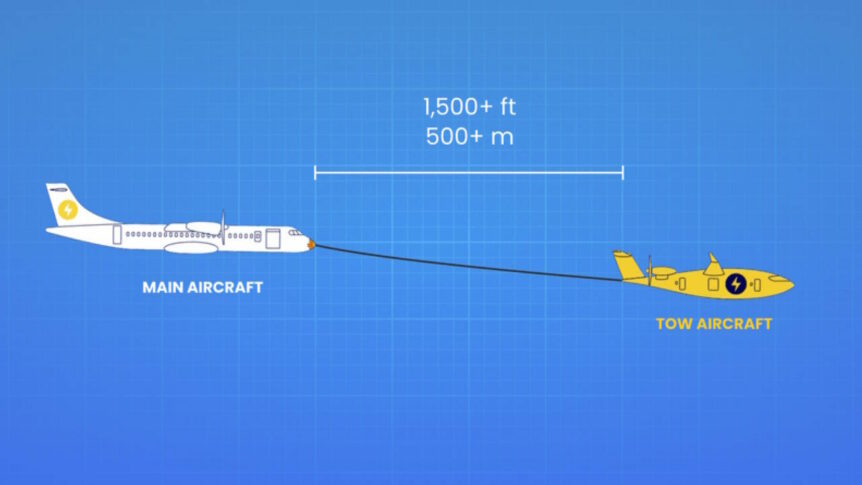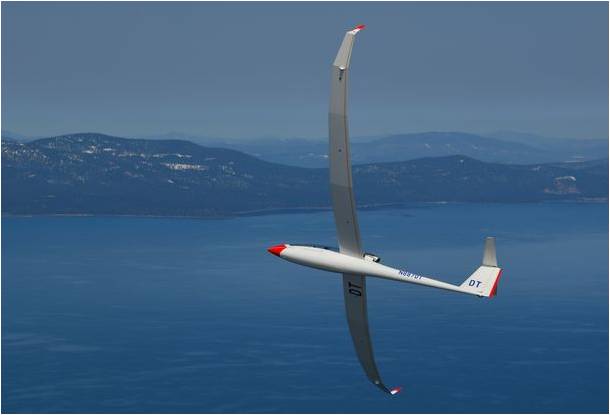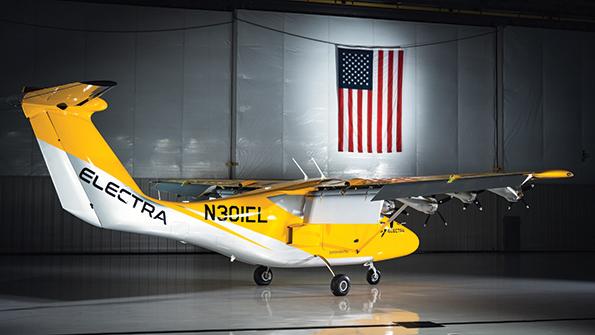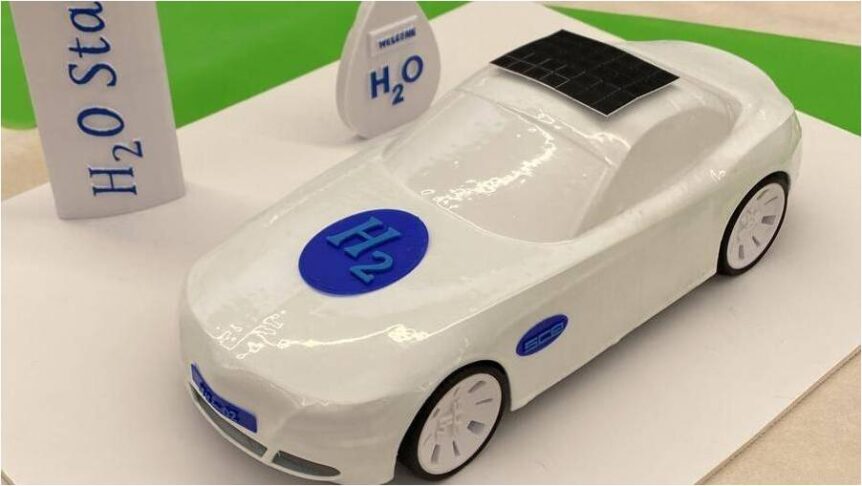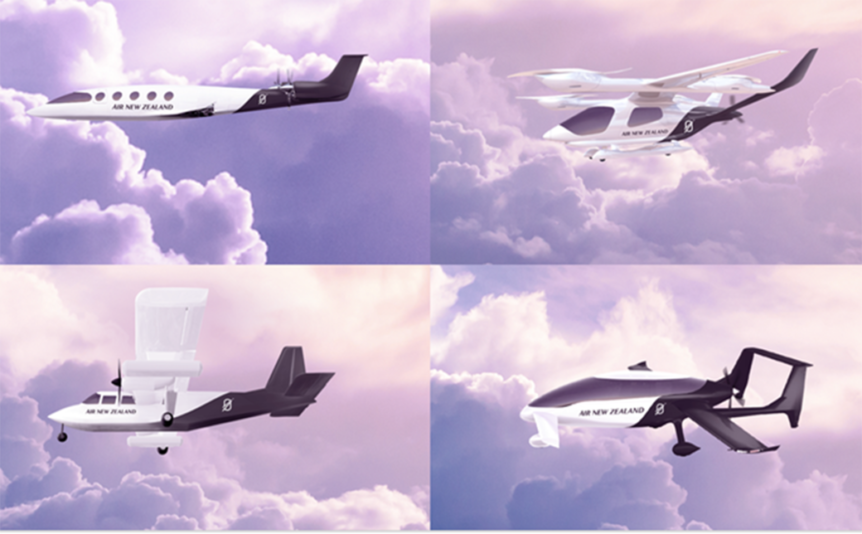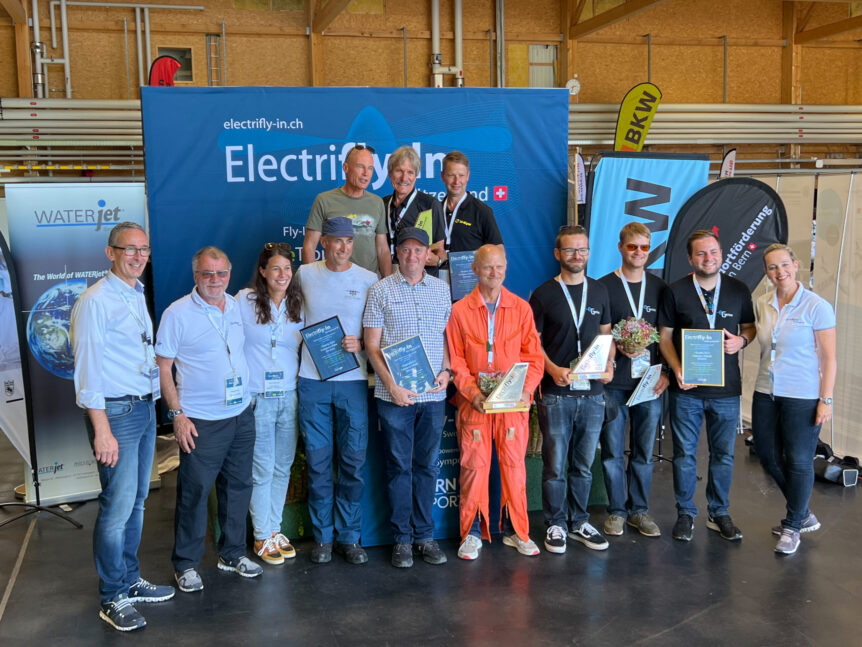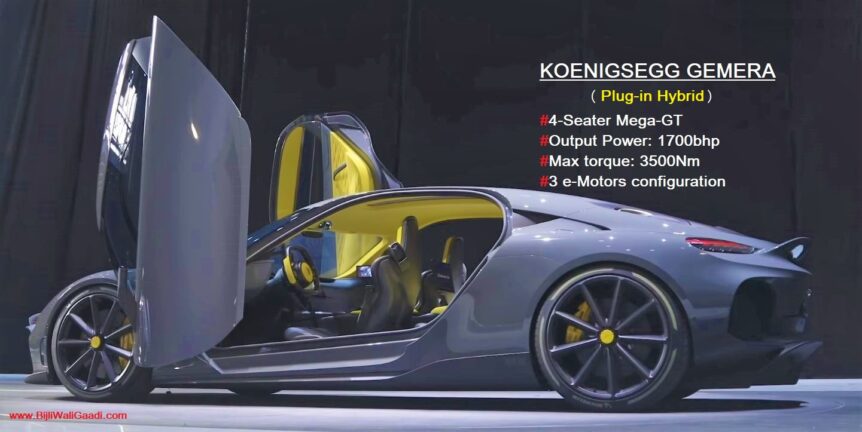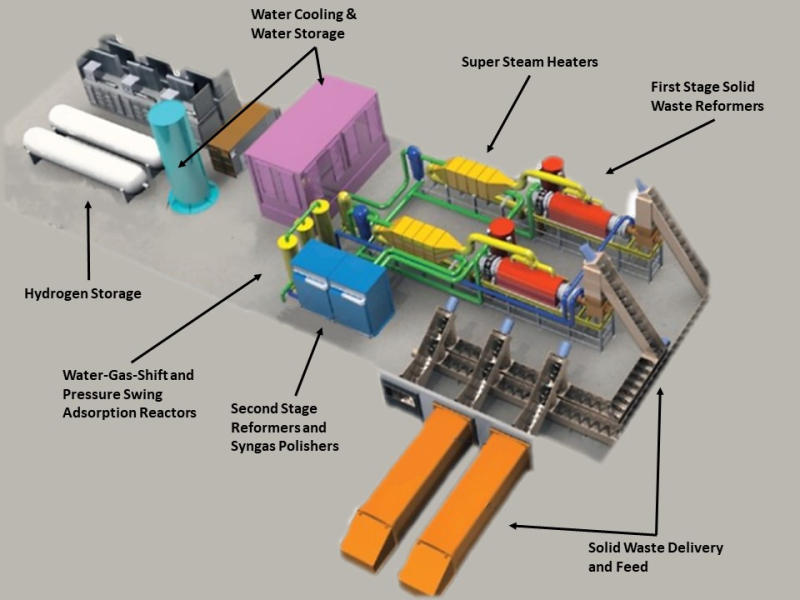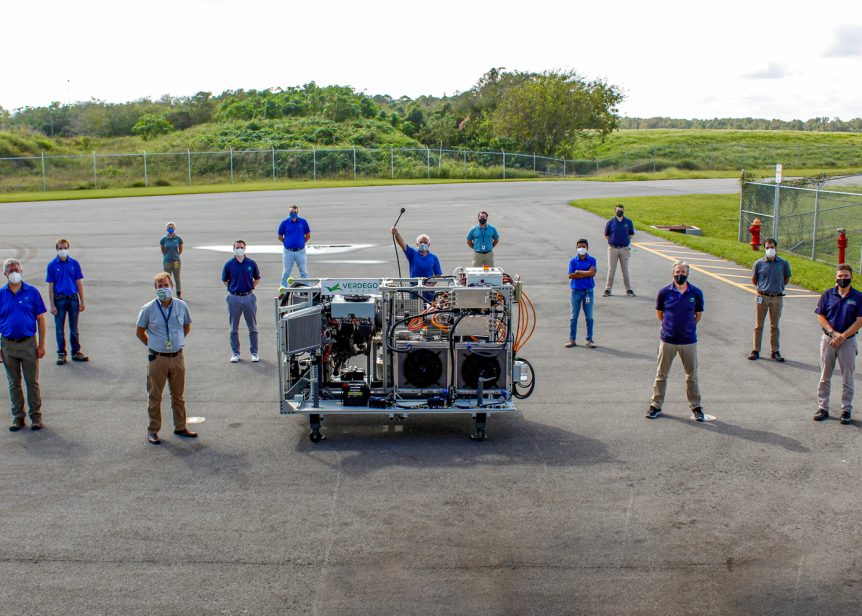Anpaire, a leader in hybrid aviation, announced it has just acquired two firms. Magpie Aviation, a somewhat audacious startup that has created a remarkable way of towing battery-powered electric airplanes hitherto unattainable distances. Ampaire also acquired Talyn Air, a startup offering an eVTOL (electric Vertical Take Off and Landing) solution to extending range. Both firms take unusual approaches to the problem. It’s not like Ampaire doesn’t put enough mileage on its own hybrid aircraft – 25,000 at last count. Ampaire has flown its Cessna 337 push-pull twins in Hawaii, Scotland, and England and converted Cessna Caravans to Ampaire’s hybrid drive. Adding range up to a thousand miles at a time, Magpie hooks up to an otherwise range-limited aircraft and can tag team the craft on multiple hookups. On another front, Ampaire has also brought Talyn Air into the fold, using a lifting craft to take a cruise machine to launch altitude. Add to the new airframe types Ampaire has included …
Airbus and Perlan Check out Hydrogen
Airbus, through its partnership with the Perlan Project, is investigating how to clean vapor trails from the high-flown paths traversed by airliners. Through its pair of Blue Condor jet-powered sailplanes, Airbus and Perlan are working toward a contrail-measuring mission in 2024. Hydrogen, the most abundant element in the universe, has been a rarity in the aviation world, other than in well-publicized events involving gas-fueled conflagrations. (Whether the H2 carrying the Hindenburg aloft or the fabric skin covering the great ship’s frame caused the fire at Lakehurst, New Jersey in 1937 is still somewhat controversial.) Regardless, the disaster brought about a deep mistrust of hydrogen that persists to this day. Airbus, along with the Perlan Project, looks forward to exploiting H2’s advantages while overcoming its undeserved stigma and surprising issues. Perlan’s Greater Mission The Perlan Project has achieved an enviable string of record flights culminating in the 2018 altitude record of 76,114 feet. Carrying CubeSats filled with science experiments developed by …
Electra EL-2 Goldfinch First Flight
Electra.aero plans on lofting nine people into the sky in a little regional airliner. As a first step, the firm just flew its EL-2 Goldfinch demonstrator from the Manassas, Virginia Regional Airport (KHEF). As Flying magazine pointed out, the bright yellow aircraft, “pays homage to its namesake’s golden hue.” Although it’s designed as a “blown lift” aircraft, levitating on deflected airflow under its large flaps, the EL-2 made its first takeoffs as a conventional airplane, scooting along the runway until it reached flying speed. Its November 11 takeoff was apparently on battery power only, with its November 19 second trip assisted by a (possibly Safran) turbogenerator. Electra claims it to be the “world’s first blown lift aircraft using distributed electric propulsion and a hybrid-electric propulsion system.” The eight motors appear to be Safran 45- or 50-kilowatt (60- or 67-horsepower) models. Both flights were piloted by Cody Allee, chief technology officer of ABSI Aerospace & Defense and a former U.S. Marine …
Green Hydrogen from Scrap Metal and Water?
Can we make green hydrogen (or other energy sources) from scrap we otherwise throw away? One of the frequently announced “breakthroughs” recurrently finding its way to our attention is that scrap food or farm waste has found its way to becoming aviation fuel, for instance. United and Alaska Airlines have flown aircraft powered by biofuels produced from food waste by suppliers at SEATAC airport in Seattle, Washington. Hydrogen is undergoing a growth spurt. The U. S. Department of Energy explains, “Hydrogen is an energy carrier that can be used to store, move, and deliver energy produced from other sources.” Green hydrogen seems to be an answer to many demands. It comes from splitting water, and if produced through clean means, is a carbon neutral to carbon negative product. Stainless Steel Powder and Water Dr. Guy Ben Hamu, Head of the Department of Mechanical Engineering at Sami Shamoon College of Engineering, explains the process uses H2 trapping, something usually related to …
Air New Zealand Plans for Zero Emissions
Air New Zealand has a five-part plan for reducing and even eliminating aviation emissions with some well-defined approaches and goals. The airline hopes to achieve net zero by 2050, with demonstrable steps toward that starting now. Five Key Elements ANZ will rely on five key elements in its quest for zero-emission flight. They are already involved in producing sustainable aviation fuel (SAF), partnering with makers of zero emission aircraft technologies, renewing their fleet, reducing carbon emissions through improved flight and ground operations, and removing carbon using best known techniques. You can read the full sustainability report here. Producing SAF Sustainable aviation fuel (SAF), explains Air New Zealand, “Is made from a variety of sustainable resources other than crude oil, such as used cooking oils, landfill waste, forestry waste, carbon captured from the air and green hydrogen. It has the potential to dramatically reduce lifecycle carbon emissions by up to 80 percent or more compared with traditional jet fuel.” Since New …
Electrifly-In Bern 2022 – The Year of the Hybrid
Electrifly-In Bern 2022 is a new location after five years at Grenchen, Switzerland. The Electrifly-In moved about 25 miles down the road to Bern’s bigger airport. Started by the designers of the SmartFlyer, an innovative hybrid touring craft, the event was originally called the SmartFlyer Challenge. Organizers have the serious intent of saving aviation from the “shame” that has come to accompany flight itself. “Aviation is pilloried by the public. Flying is seen as the main problem of the climate catastrophe and everyone who books a flight should have a guilty conscience and is labeled as a climate sinner. The social and political pressure to phase out combustion technology is steadily increasing worldwide. So the question is no longer if, but when electrically powered aircraft will become the norm.” This year, the fly-in offered the public several defenses against sin and shame. Beginning with the original namesake, the Smartflyer SFX1 was on display in the hangar, its carbon-fiber blackness showing …
Koenigsegg’sTorque-Dense Electric Motor and Hybrid Drive Train
Koenigsegg (Cone-igs-egg), a Swedish car maker that enjoys shocking with its sticker prices, is going hybrid with a new, torque-dense electric motor and hybrid drive train. The Swedish car maker is known for its ultra-exclusive, ultra-high-performance vehicles, which have even undone the Stig, anonymous race driver on the BBC Series Top Gear. David Koenigsegg’s Gemera manages as much as 250 mph on a two-liter, three-cylinder engine, augmented by a set of three electric motors. Describing him as, “an inveterate tinkerer” who squeezes “extraordinary amounts of power out of internal combustion engines,” Clean Technica explains the “breakthrough products that could transform the world of electric cars.” One “breakthrough” would seem to be a package of a three-cylinder engine coupled to some powerful electric components. The “Tiny Friendly Giant (TFG) engine pumps out 600 horsepower (450 kilowatts) and weighs only 70 kilograms (154 pounds). It has no camshafts, relying instead on solenoid-actuated, artificial-intelligence-controlled valves to let the fuel and air in and …
RavenSR: Hydrogen from Waste
Green hydrogen is getting a lot of press lately, at least partly because of the possibilities it allows in transportation design. Raven SR, headquartered in Pinedale, Wyoming, has as its mission, “Providing revolutionary, clean technology to convert waste into renewable fuels and energy.” Clean Technica took notice of the company’s interesting location, deep in “an epicenter of the US coal,” the Powder River coal basin. Their article notes some of the politics involved. “The United Mine Workers of America, for one, came through with a statement in support of President Biden’s climate-friendly American Jobs Plan, contingent on its members getting a share of those new green jobs. “In the same statement, UMWA also lobbied for saving the remaining few remaining coal jobs, partly through policies that ramp up demand for the metallurgical coal used in steel making and other industries.” Note that Wyoming’s coal is not metallurgical, though, and would never be used for smelting steel. Diminishing Landfills? America hauls …
Erik, Eric, Dr. Anderson, Verdego and Hybrid Power
In a recent AVWeb Vodcast, Paul Bertorelli interviewed Embry Riddle’s Dr. Pat Anderson on the topic, “Why Electric Airplane Designers Are Turning to Hybrid Drives.” Battery energy-carrying capability has not fulfilled its promise yet, according to Anderson. The difference in energy density between fossil fuels and batteries is still too great to fulfill missions involving more than small craft and short distances for the most part. This outlook caused Dr. Anderson’s associates, Eric Lindbergh and Eric Bartsch to form Verdego Aero, dedicated initially to developing a Diesel-hybrid generator system. They corroborate Dr. Anderson’s sense of current battery technology, their web site answering “Why hybrid?” They explain, “Electric aircraft are at the forefront of aviation technology, but the energy density of current batteries isn’t yet high enough to support many mission types or aircraft designs. The power generation systems in the VerdeGo IDEP (Integrated Distributed Electric Propulsion) systems, which use Continental Jet-A Piston Engines, offer 4-8x the equivalent energy density of today’s …
DOE Promotes Carbon Neutrality Aeronautically
Both GreenCarCongress.com and CleanTechnica share information about the Department of Energy’s funding of 17 projects in two Advanced Research Projects Agency – Energy (ARPA-E) categories. Prepare for the inevitable rush of acronyms. All the projects seem to be reserved for applications on single-aisle short- and intermediate-range airliners, with emphasis on economy of operation, carbon neutrality and lowest possible emissions. ASCEND Powertrain related, ASCEND (Aviation-class Synergistically Cooled Electric-motors with iNtegrated Drives) will fund nine projects with $14.5 in Phase 1 money. Funds will help recipients, “Work to develop innovative, lightweight, and ultra-efficient all-electric powertrain with advanced thermal management systems that help enable efficient net-zero carbon emissions for single-aisle passenger commercial aircraft.” Raytheon Technologies Research Center has three projects in two ARPA-E categories, including their own Ultra-Light, inTegrated, Reliable, Aviation-class, Co-Optimized Motor & Power converter with Advanced Cooling Technology (ULTRA-COMPACT) for which they received $2,330,13. Their system will incorporate advanced materials and techniques in permanent magnets, drive topology, thermal management, and composite gearboxes. Marquette …

